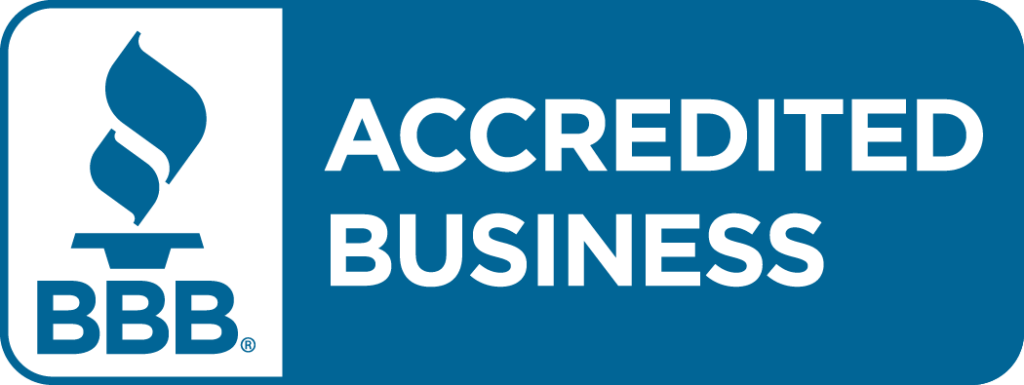In today’s driver recruiting marketplace, fleets need drivers and they need them now. It’s a tough marketplace, but you already know that. What you want to know is where can you find a competitive edge.
One underutilized tools, for driver recruiters is content marketing. It’s one of the best ways for fleets to engage drivers and generate the applications necessary to keep trucks on the road and freight moving.
However, creating the content is only one part of content marketing. Driver recruiters also have to be capable of effectively delivering their content to drivers. For many, this is the most difficult part of the entire process.
Today, let’s look at 4 of the most important channels for distributing your driver recruiting content.
[hr style=”3″ margin=”40px 0px 40px 0px”]
1. Social Media

Whether you realize it or not, social media is one of the best channels for distributing your driver recruiting content. Most social media provide you with opportunities for both organic and paid distribution and engagement.
This provides even the smallest fleets with an opportunity to distribute content to drivers.
There are a number of ways you can organically distribute your content on social media.
- YouTube videos can be uploaded on your channel, which then puts them in your follower’s dashboards and show up for relevant searches.
- Tweets are distributed to all of your followers’ twitter stream at the exact moment you post.
- LinkedIn posts are distributed to followers. You can also post content in relevant professional groups.
- Facebook has curbed organic post reach; however, you can still reach your followers with highly engaging and valuable content.
Most social media sites have paid advertising to reach your audience. These can be really complicated, extensive, and need more in-depth explanations to really scratch the surface.
Below you can find a few different blog posts that will tell you more about building paid ads on social media.
Blog: The Driver Recruiter’s Guide to YouTube
Blog: 3 Steps to Effectively Target Drivers on Facebook
Slideshow: 29 Ways to Recruit Drivers on Facebook
[hr style=”3″ margin=”40px 0px 40px 0px”]
2. Display Network

The Google Display Network is a simple platform. This network includes over 2 million websites, including CNN and Fox News, that allow banner ads from Google’s Adwords platform to display on certain sections of the websites.
Your fleet may be using banner ads on the display network to generate driver applications already. But this is also the perfect place to distribute your content.
You can create banners advertising your content and place them on these display network websites.
The ad could take drivers to a landing page, where they fill out a form, or directly to the content itself. Once they hit the landing page, you want to make sure you have a call-to-action that pushes them further into your driver recruiting lifecycle.
[hr style=”3″ margin=”40px 0px 40px 0px”]
3. Email

Email is a major resource for drivers. 80.2% of company drivers check their email at least daily or more. That percentage is slightly higher for owner-operators, sitting at 83.4%. There are even more statistics which show how critical email consumption is for drivers.
Both company drivers and owner-operators list email daily or weekly news as the second highest source of industry news.
Hopefully you’ve been working to build an engaged email list. There are a number of ways you can do this, and this blog post may be helpful.
An engaged email list will allow you to distribute your content directly to the drivers who are most likely to click. Not only does this improve your email click through rates, but it also improves the performance of your content.
[hr style=”3″ margin=”40px 0px 40px 0px”]
4. Paid Search

48.4% of company drivers use search engines to find the topics or sites they are interested in. That statistic is higher for owner-operators, at about 60%.
According to The Moz Blog, organic search results generate quite a few more clicks than paid ads (which is all the more reason you should focus on SEO). But it’s also important to understand that, on average, paid search clicks convert at a 150% higher rate than organic clicks.
Paid search can be a powerful tool for content distribution.
While SEO should always be in the back of your mind, you’re probably not going to rank for every important keyword. Even if you have a dedicated keyword strategy for SEO, it’s still virtually impossible to rank highly for everything. Paid search can help.
By bidding on your top keywords, you can get your content in front of the drivers who are actively searching specific keywords.
Distribution is the unsung hero of content marketing. Even the most engaging pieces of content will flounder without top tier distribution channels. It’s important to remember that developing your channel and mastering content distribution is a combination of time, money, and a lot of testing.



